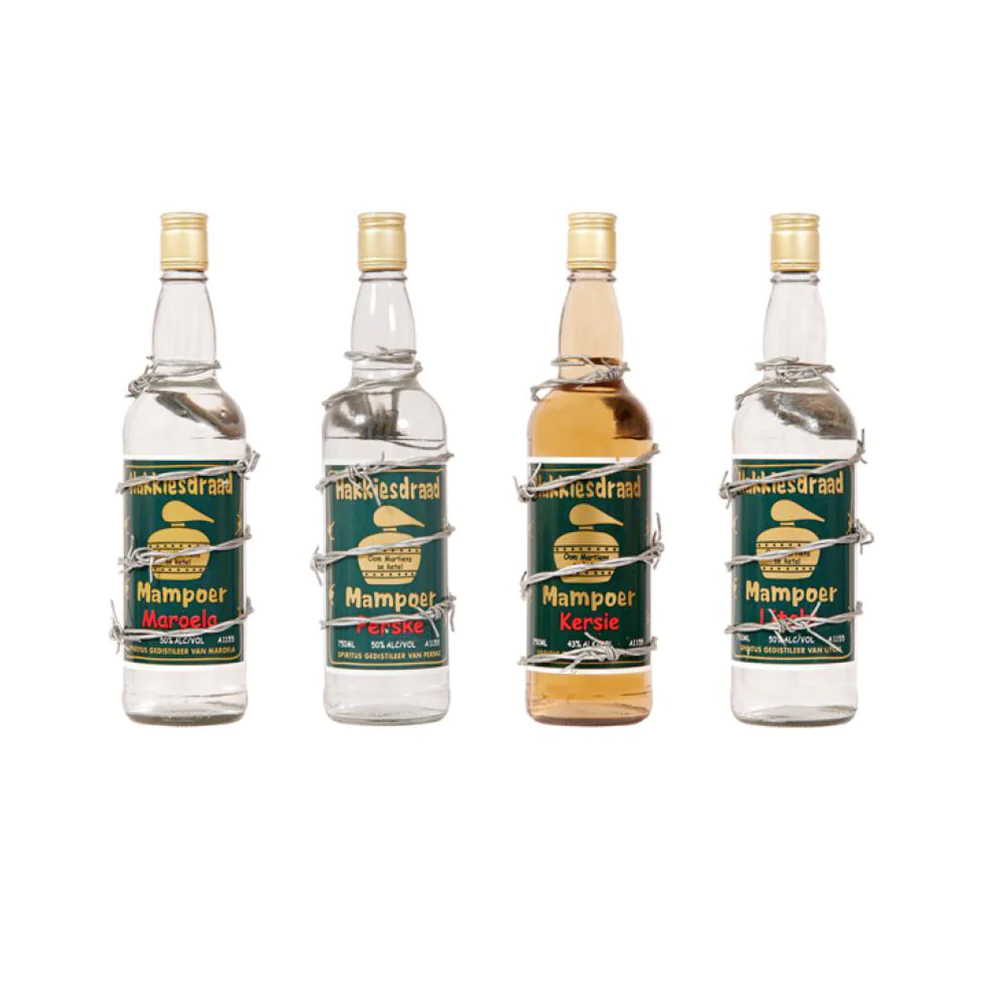Discover Radisson’s First South African Hotel in Hoedspruit and the Rich History of the Zulu Tribe
Radisson Safari Hotel Hoedspruit is situated in the Kruger to Canyon biosphere and only 2 kilometers from Hoedspruit town, one of South Africa’s most attractive safari destinations.
The Blyde River Canyon is right on your doorstep and is the 3rd largest canyon in the world, surrounded by the beautiful Drakensberg Mountains, with Mariepskop as the highest peak. The canyon extends its reach through the Blyde River, which forms the stage for a number of high energy sports. Water sports such as kayaking, river rafting and tubing are frequent activities here and in the surrounding area you can enjoy quad biking, abseiling, hiking, bird watching and horse riding. Nature enthusiasts are offered a king’s choice of public and private game reserves, where the Big 5 roam freely. Amongst these choices is the famous Kruger National Park, which situated a mere 60km away. Even closer are a variety of private game reserves which are home to notable projects, such as the Hoedspruit Endangered Species Centre and the Moholoholo Rehabilitation Centre.

Radisson Safari Hotel Hoedspruit offers a total of 138 rooms. Facilities in the hotel will include a restaurant, lounge, bar, conference facilities, two large swimming pools and a state of the art wellness centre. All rooms boast spectacular views of the pristine African Bushveld, with the majestic Drakensberg Mountains as a phenomenal backdrop.
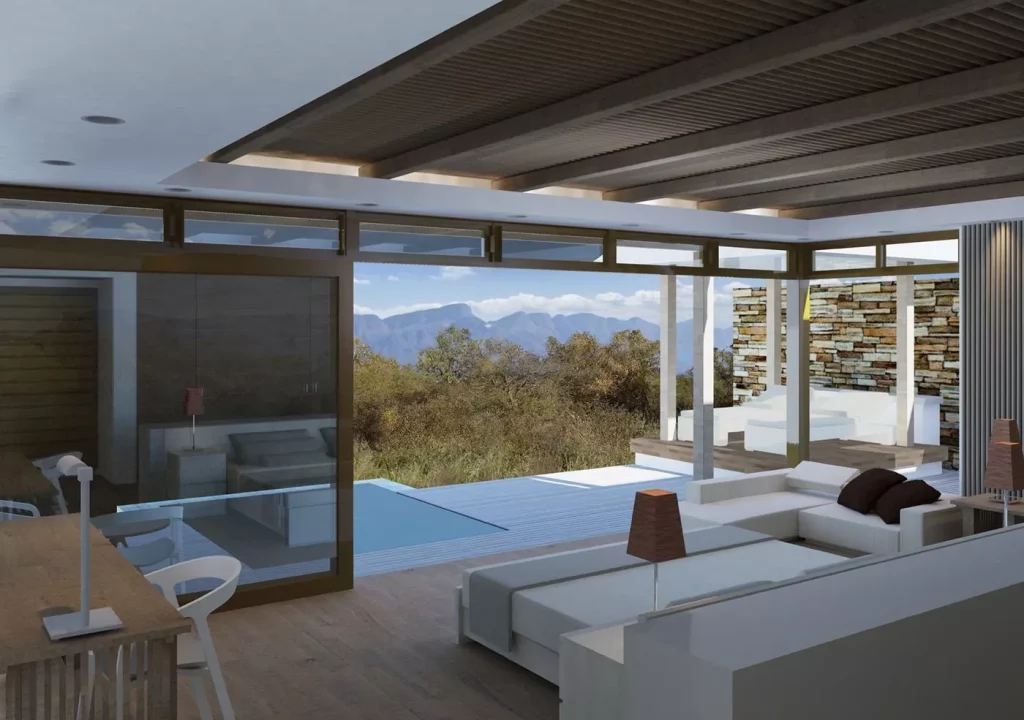
Hoedspruit town, although small, offers all the needed facilities of major retail stores, doctors, chemists as well as a choice of excellent restaurants. Many of South Africa’s best fruit farmers surround the town which gives you the opportunity to enjoy excellent fruit and vegetables from neighbouring farms.
Golf enthusiasts can pick from a number of top golf courses. Locally, the Drakensig golf course is right on your doorstep and not too far away you can tee off at the Sabie River golf course or the Skukuza golf course within the Kruger National Park. Playing at these special courses is a real treat and a truly different experience.
Other activities include:
• Big 5 Game drives including exquisite sunset dinners
• Walking in Big 5 reserve and early morning breakfast.
• Hot Air Ballooning
• White River Rafting
• Microlight flights
• Abseiling
• Kloofing
• Blyde Boat Cruises
• Spa and Beauty treatments
• Bird watching
• Hiking trails
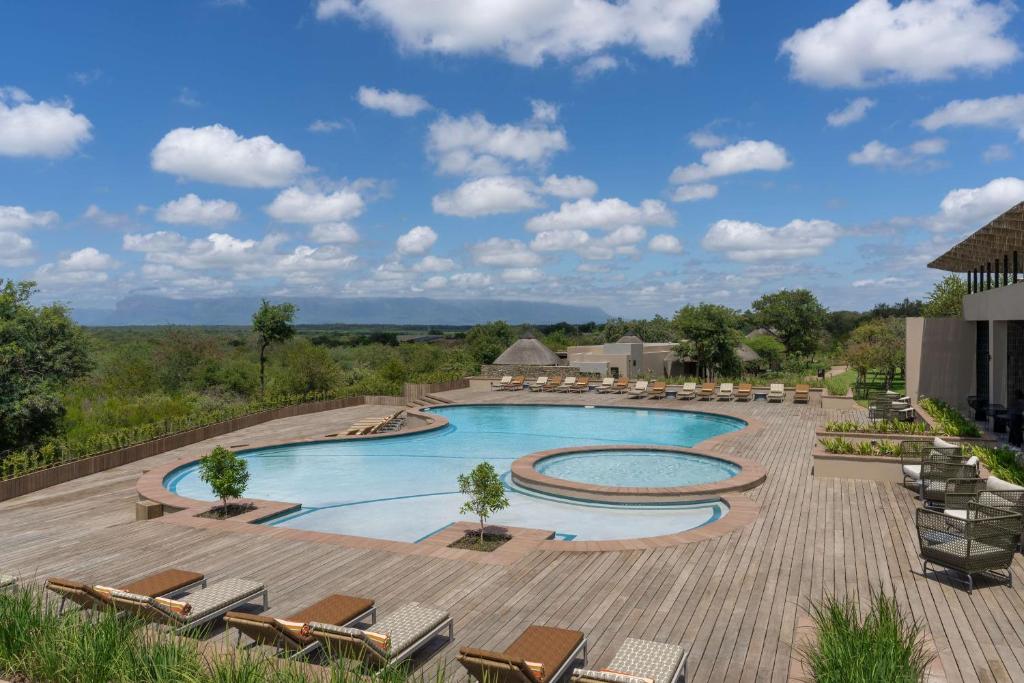
Wildlife Experiences:
- One of the highlights of staying at the Radisson Hotel Hoedspruit is the opportunity to experience South Africa’s rich wildlife firsthand.
- The hotel can arrange guided safari tours to nearby game reserves, where guests can embark on thrilling game drives and witness the Big Five in their natural habitat.
Sustainability Initiatives:
- The Radisson Hotel Hoedspruit is committed to sustainable and responsible tourism practices.
- The hotel implements eco-friendly initiatives such as waste reduction, energy conservation, and community engagement to minimize its environmental footprint and support local communities.
Overall, the Radisson Hotel Hoedspruit offers guests the opportunity to immerse themselves in the natural beauty and wildlife of South Africa’s Limpopo Province while enjoying the comfort and convenience of modern accommodation and amenities.
The Origins of South Africa Largest Ethnic Group – Zulu Tribe
The four major ethnic divisions among Black South Africans are the Nguni, Sotho, Shangaan-Tsonga, and Venda. The Nguni, comprising nearly two-thirds of the Black population, can be further divided into the Northern and Central Nguni (Zulu-speaking), Southern Nguni (Xhosa-speaking), Swazi, and Ndebele groups. Archaeological evidence suggests their migration from East Africa as early as the eleventh century.
The Zulu people, a significant Nguni group, speak the Zulu language, part of the Nguni language group. The name “Zulu” is linked to the ancestor who founded the Zulu royal line around 1670. They constitute about 22% of South Africa’s population, with a substantial presence in Gauteng, Pietermaritzburg, Durban, and Kwa-Zulu Natal. IsiZulu is South Africa’s most widely spoken official language, characterized by tonality and distinctive “clicks,” and approximately 9 million South Africans speak Xhosa as a home language.
In the pre-nationhood era of the Zulu, they existed as isolated family groups and partly nomadic northern Nguni communities. These groups roamed their loosely defined territories in pursuit of game and suitable grazing for their cattle. As they accumulated livestock, family leaders divided and dispersed in various directions while maintaining family networks.

The Zulu homestead, known as “imizi,” comprised an extended family and individuals connected through social obligations. This largely self-sufficient social unit allocated responsibilities based on gender, with men handling defense, cattle care, weapon crafting, and construction, while women managed domestic duties and cultivated crops near the household.
Towards the late eighteenth century, a process of political consolidation unfolded, giving rise to powerful chiefdoms and a shift from a pastoral society to a more organized statehood. This transformation granted leaders greater authority over their supporters and allowed them to demand allegiance from conquered chiefdoms. The nature of political, social, and economic relationships between chiefs and their subjects evolved, with Zulu chiefs demanding increasing tribute, amassing wealth, leading large armies, and subjugating neighboring chiefdoms. This period marked the emergence of the Zulu as a formidable political and military force in the region.
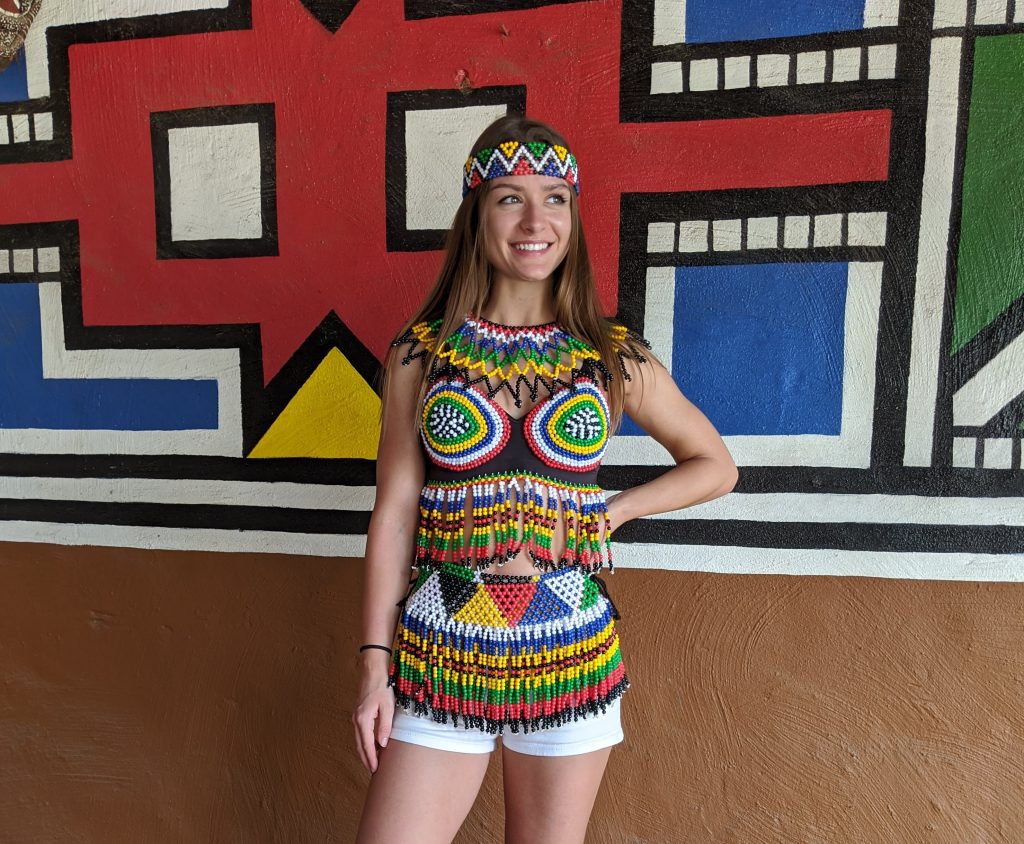
- Nguni Migrations:
- The Zulu are part of the Nguni ethnic group, which is itself a subset of the larger Bantu-speaking people. The Nguni migrations involved the movement of Bantu-speaking communities southward, and the Zulu are among the groups that emerged from this broader migration.
- Arrival in Southern Africa:
- The Nguni migrations into what is now South Africa occurred over several centuries. Archaeological evidence suggests that Bantu-speaking groups, including the ancestors of the Zulu, began arriving in the region as early as the eleventh century.
- Formation of Chiefdoms:
- Before the Zulu were consolidated as a distinct nation, they lived in isolated family groups and semi-nomadic northern Nguni communities. These groups roamed loosely defined territories, engaging in pastoral and agricultural activities.
- Transformation to Statehood:
- By the late eighteenth century, a process of political consolidation was underway. Powerful chiefdoms began to emerge, marking a shift from a pastoral society to a more organized statehood. This transformation allowed leaders to exert greater authority over their supporters and neighboring chiefdoms.
- Military and Political Expansion:
- As Zulu chiefdoms gained strength, leaders became increasingly powerful. They commanded large armies, acquired wealth, and subjugated neighboring chiefdoms. Zulu chiefs demanded tribute from their subjects and played a central role in shaping the political, social, and economic landscape of the region.
- Cultural Identity:
- The Zulu people have a distinct cultural identity characterized by their language, isiZulu, and cultural practices. Traditional Zulu society is organized around kinship, with extended families forming the core social unit.
- Shaka Zulu:
- Shaka, who became the leader of the Zulu in the early 19th century, played a crucial role in shaping the Zulu nation. His military innovations and tactics contributed to the Zulu Kingdom’s expansion and influence in the region.
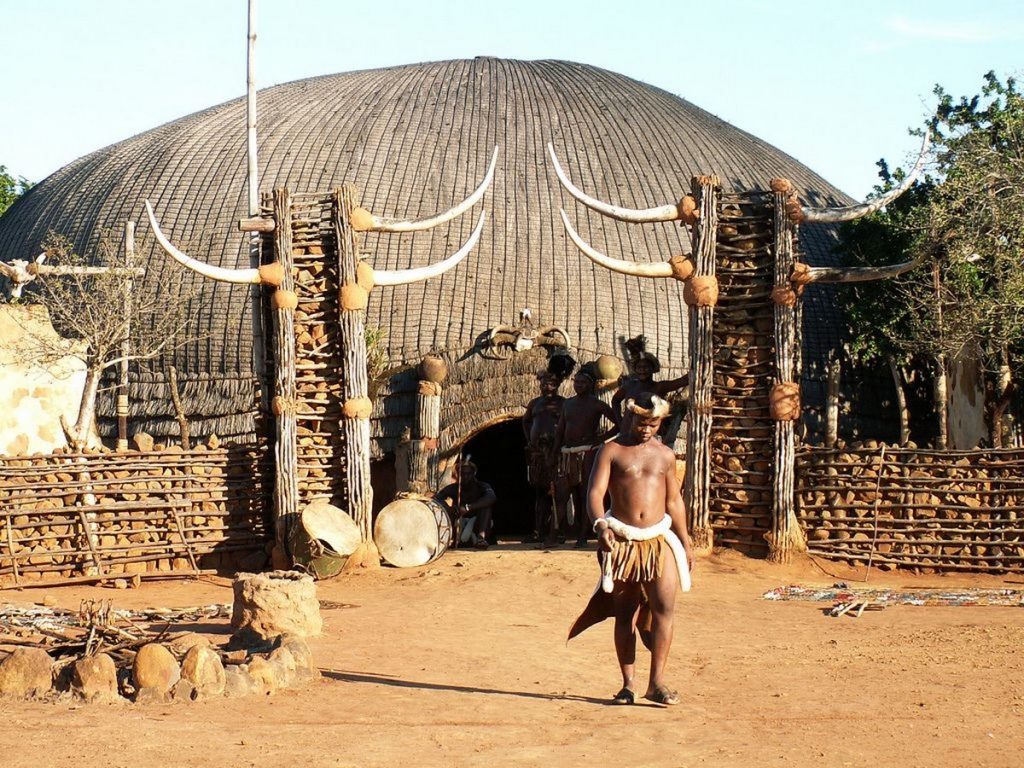
- Zulu Kingdom:
- The Zulu Kingdom, established in the early 19th century, became a powerful and influential state under leaders like Shaka and subsequent monarchs. The kingdom faced European colonial pressures in the later years.
The Zulu people’s history involves a complex interplay of migration, cultural development, political consolidation, and resistance to external pressures. Today, they remain one of the largest ethnic groups in South Africa, with a rich cultural heritage.
Also Read on Exploring South Africa: Reasons for 3 Capitals, 11 Official Languages, Diverse Religions, and the Rand (ZAR) Currency
